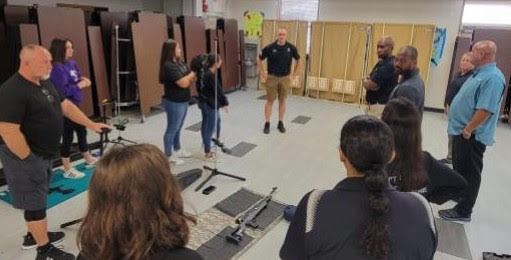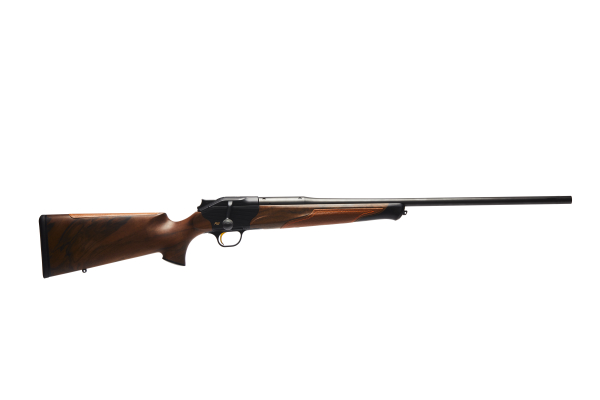Think Ahead Before Going Afield
By Glen Wunderlich
As youngsters growing up in the suburbs of Detroit, we played organized baseball in the city leagues. Typically, one of the team-member’s fathers would handle coaching duties, and fortunately for many of us, we had some good baseball minds teaching us how to think ahead of the play.
Outfielders had it easy, because the coaches made sure all throws came to second base. Infielders, on the other hand, were required to decide what to do with a ground ball, as the opposing batter stepped to the plate. And, the coaches would make sure each infielder had a plan by verbally testing the players, as they quizzed infielders aloud before the play would begin.
The coaches understood that once the ball was hit, it was too late to begin considering options. Things happened too fast to form a committee or to take a survey. It was each player’s responsibility to think ahead.
Similarly, sportsmen and women would do well to take a page from the sandlot coaches’ book, before they take to the outdoors in Michigan’s firearms deer hunting season opener November 15th.
There is no substitute for situational awareness. Of course, experience is a good teacher and some mistakes of the past become lessons learned – albeit the hard way.
For example, taking the largest antlerless deer from among a group seems like a good strategy for those with an antlerless deer permit. But, when that large “doe” turns out to be a button buck fawn, it’s too late to think ahead. Hindsight and a tactical error become the high-priced lesson of the day.
But, there is a better way.
The first question we should ask ourselves is what type of deer we are looking for. For those of us who choose to influence deer-herd management under Quality Deer Management (QDM) principles, certain deer are targeted, while others are not.
One of QDM’s guiding core values is to strengthen the herd by taking only adult bucks or does in certain situtations. Therefore, when a “good” spike buck with particularly tall antlers of 10 inches or more presents itself, the principled hunter lets the juvenile walk. It doesn’t matter if it’s the last day of the season; it doesn’t matter if the hunter has never killed a buck. His values dictate his actions.
The issue here is not to push any particular philosophy; it is to simply think ahead. Once we have decided in advance what constitutes an acceptable animal, the sportsman faces one additional challenge: the shot.
Once again, thinking ahead by studying the components of an ethical kill shot can be translated afield. Archery hunters know to avoid shoulder hits, while a hunter with a high-powered rifle may choose a high shoulder shot to anchor an animal in its tracks. If he’s after antlers, he is not as concerned with the destruction of meat; if he’s after meat, antlers are not even necessary.
The point is that each hunter must define success and stick by his guns. If a hunter takes part in some type of camp competition, then only the rules of the contest will apply: first deer in camp, first buck, etc.
For the rest of us, ethics must be defined personally, and the best way to do it is to think ahead and to adhere to guiding principles without regard to what others do. It sure beats a litany of “could haves”, “should haves”, and “would haves” after the trigger is pulled, because avoiding an error is even smarter than learning from one.






